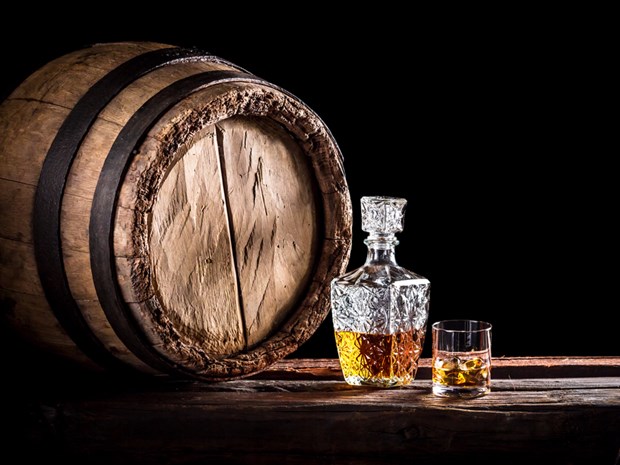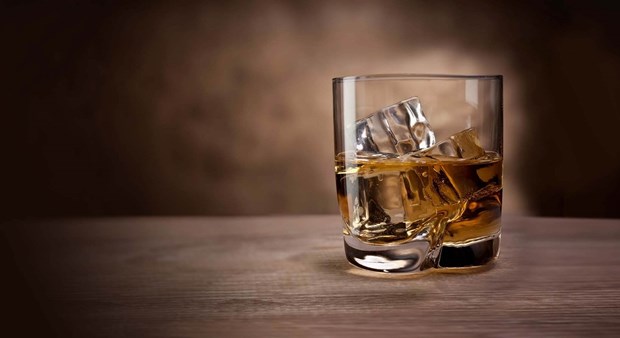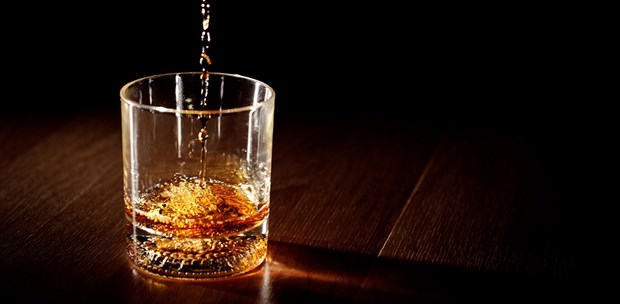Everything you need to know about one of the world’s most popular and widely consumed spirits. Here are some numbers to help you to know whisky better.
2
names are
attributed to this spirit: whisky, if it comes from Scotland or Canada, and
whiskey for those spirits produced in Ireland or the United States, even though
the latter is more widely used. Then, we have Rey, which is a lesser-known
spirit distilled in Alaska with a 51% rye content. The term Scotch whisky
refers specifically to the product distilled in Scotland, while Bourbon is the
United States whiskey made from fermented rye, malted barley and corn.
3
basic rules pave
the way to becoming a true whiskey connoisseur. The first is to understand that
bottle age is only of marginal importance. In fact, the figure indicated refers
to the minimum number of years the spirit has to be aged. However, since
whiskey is often obtained from blends of different casks it could be older, or
even younger. The second thing you need to know is that whiskey, to be defined
as such, needs to be at least three years old, bearing in mind that the older
it is, the darker it will become. The third rule is that there is no such thing
as the right type of chocolate to pair with whiskey but, to avoid mistakes, and
barring any particular tastes or requirements, it is preferable to choose a 70%
cacao dark chocolate.

Source: Business Insider UK
4
phases are
involved in whiskey production. First comes the fermentation phase, in which a
sugar produces alcohol. It is made using malt and special yeasts, even though
the method may vary. This is followed by the distillation process. Here, the
product obtained from fermentation, which usually has a low alcohol content
(8-10%) and is actually no more than beer (!!!), is concentrated by means of
special recipients exposed to heat. In this way a “spirit” is obtained, which
is nothing other than ethanol, that is to say, a highly concentrated alcohol.
The third phase is the ageing process which takes place in special wood casks
where the whiskey takes on its definitive flavour, aroma and colour. The end product,
whose alcohol content is approximately 40%, now reaches the final bottling
phase.
26.9% is the market share of Scotch
Whisky, which is the most widely consumed in the world. It is followed at a
distance by Whiskey (9.02%), then Canadian Whisky (5,39%) and Irish Whiskey
(1.98%). The remaining market share (56.71%) is covered by all other types of
whiskey.

Source: bells.co.uk
37
million cases of
whiskey are produced each year in the United States. Canada’s production
amounts to 21 million cases, while that of Ireland is equivalent to 7 million.
India stands in a category of its own: it produces as many as 120 million cases
a year but this particular type of whiskey does not derive from grain
fermentation, as tradition demands, but is a molasses-derived spirit. It is then
aromatized and undergoes no ageing process. These characteristics make it
unsuitable for importation to Europe.
46.69% of the world’s whiskey consumption
is attributed to India, which would appear to have an unrivalled fondness for
this spirit. The United States occupy second place with a percentage of 14.44%,
followed by France (4.7%), Japan (3.39%) and the United Kingdom (2.5%).

Source: gqitalia.it
100
A.D. is the period
to which the origins of whiskey can be traced back with certainty, even though
these were no more than distillation experiments carried out in Alexandria
which, incidentally, did not involve alcohol at all. For any evidence of the
introduction of this ingredient, we have to wait until the thirteenth century
in Italy, when they started to distil alcohol from wine.
190
million 70 CL
bottles of Scotch whisky are exported every year to France which, in this
particular rating, stands ahead of the United States (119) and India (94).
Followed by Spain (64), Mexico (58), Germany (53), South Africa (44), Brazil (43),
Singapore (41) and Japan (30).
By FDL